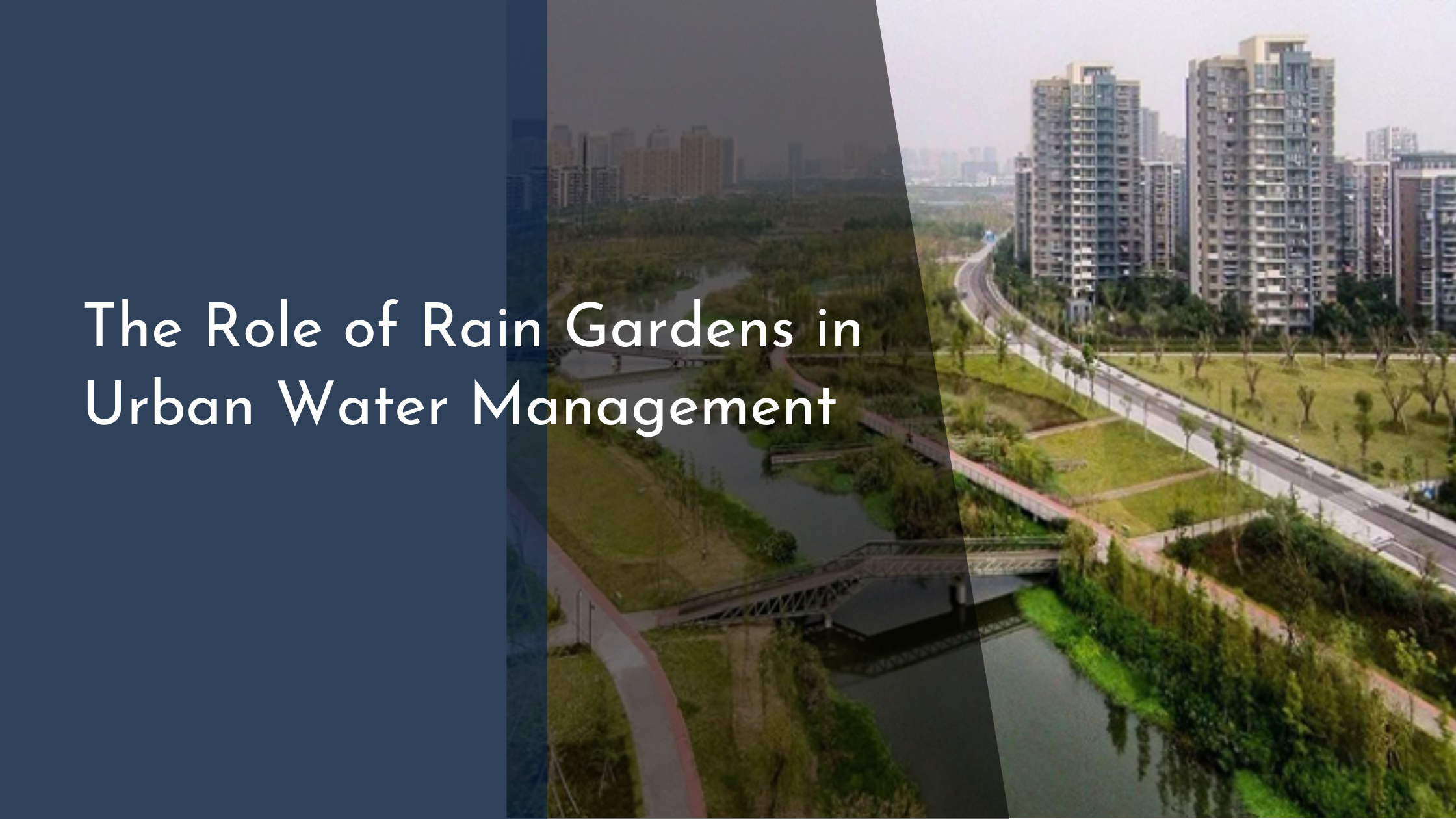The Role of Rain Gardens in Urban Water Management
In the face of increasing urbanization and climate change, cities are grappling with the challenges of stormwater management, flooding, and water pollution. Traditional drainage systems often fall short, leading to significant environmental and infrastructural issues. Enter rain gardens—a sustainable and aesthetically pleasing solution that is gaining traction in urban water management. These innovative gardens not only mitigate stormwater runoff but also contribute to enhancing urban biodiversity and visual appeal. This article explores the multifaceted role of rain gardens in urban settings, offering insights into their benefits, implementation, and potential to create a greener future.
What Are Rain Gardens and How Do They Work?
Rain gardens are specially designed, shallow depressions planted with native vegetation that act as natural biofilters for stormwater runoff. Located in urban settings, these gardens capture rainwater from roofs, driveways, and other surfaces, allowing it to infiltrate the ground rather than overwhelming storm drains or polluting waterways. Essentially, rain gardens mimic natural hydrological processes, using plants and soil layers to absorb and filter pollutants such as nutrients, heavy metals, and sediments from the water. By slowing down the flow of runoff, they help recharge local aquifers and reduce the risk of flooding.
The construction of a rain garden involves careful planning to ensure its functionality and effectiveness. Typically, a rain garden is situated at a low point in the landscape or adjacent to a runoff source. It is layered with a mix of sand, compost, and topsoil to allow for optimal drainage and pollutant filtration. Choosing the right plants is crucial; native species with deep roots are preferred because they can withstand wet-dry cycles and contribute to the garden’s ecological balance. With proper design and maintenance, rain gardens become self-sustaining systems that require minimal intervention.
Benefits of Rain Gardens in Urban Areas
One of the most significant benefits of rain gardens is their ability to manage stormwater sustainably. By capturing and filtering runoff, rain gardens reduce the burden on municipal stormwater systems, decreasing the likelihood of flooding during heavy rainfall events. This not only protects urban infrastructure but also helps prevent the contamination of local water bodies, supporting healthier aquatic ecosystems. Additionally, rain gardens aid in groundwater recharge, ensuring that water remains available for urban use during dry spells.
Beyond their practical advantages, rain gardens enhance urban aesthetics and biodiversity. They transform ordinary landscapes into lush, green spaces that attract pollinators such as bees, butterflies, and birds. This not only improves the urban environment but also fosters a sense of community as residents take pride in maintaining these gardens. Furthermore, rain gardens can serve as educational tools, raising awareness about environmental issues and encouraging sustainable practices among city dwellers. By integrating rain gardens into urban landscapes, cities can create vibrant, eco-friendly spaces that benefit both people and the planet.
Implementing Rain Gardens: Key Considerations
Implementing rain gardens requires thoughtful planning and design to ensure they function effectively. Site selection is paramount; areas with a gentle slope that naturally collect water are ideal. It’s also essential to ensure that the soil has good drainage properties and that the garden is positioned away from building foundations to prevent water damage. Engaging with local environmental organizations or landscape professionals can provide valuable insights into the best practices for rain garden design and maintenance.
Selecting the right plant species is another critical aspect of rain garden implementation. Native plants are preferred because they are well-adapted to local climate conditions and require less maintenance. These plants typically have deep root systems that help in the infiltration and filtration processes. Additionally, incorporating a diverse selection of plant species can enhance the ecological value of the rain garden, providing habitat and resources for various wildlife species. Regular maintenance, especially in the initial stages, is necessary to ensure the garden’s success, including weeding, mulching, and monitoring water flow paths.
As cities continue to grow and face the challenges of climate change, rain gardens offer a promising solution for sustainable urban water management. By effectively managing stormwater runoff, improving water quality, and enhancing urban biodiversity, rain gardens present a win-win for urban planners and residents alike. Their ability to transform lifeless urban spaces into thriving ecological hotspots demonstrates the power of integrating green infrastructure into cityscapes. As more municipalities recognize the value of rain gardens, they pave the way for a brighter, greener future where nature and urban life coexist harmoniously.

